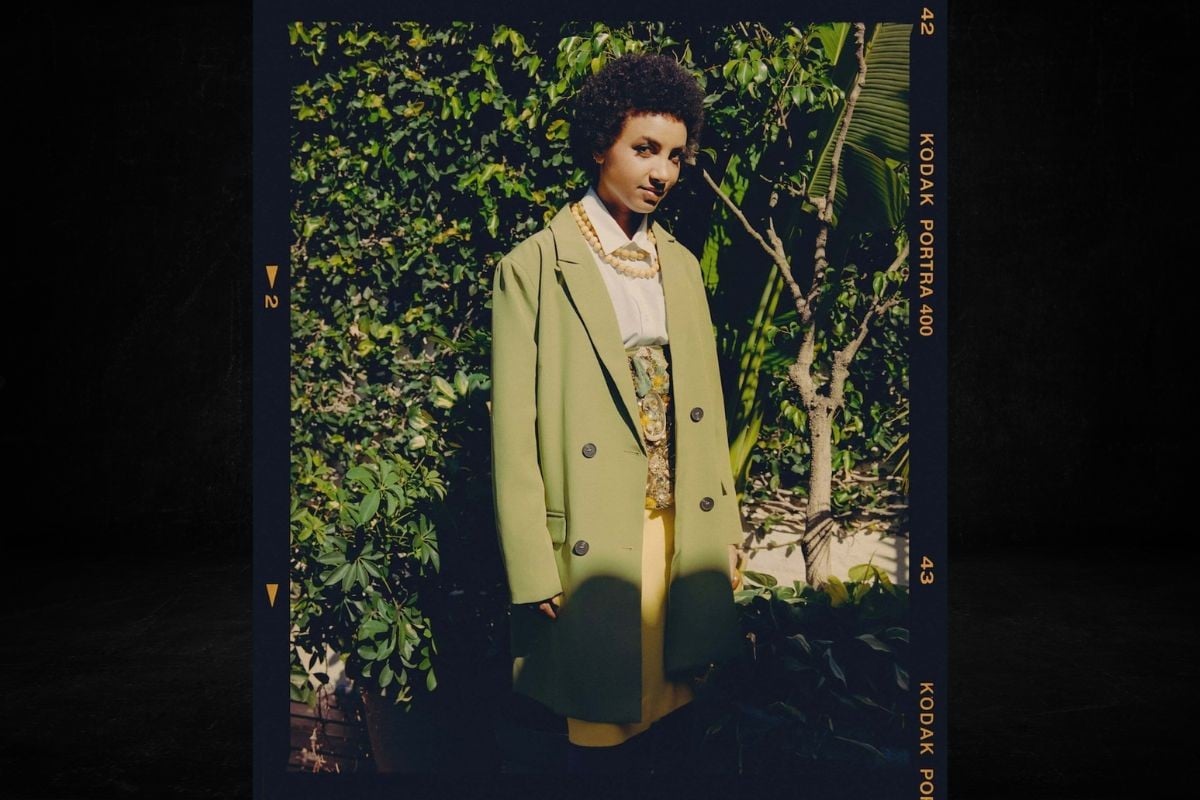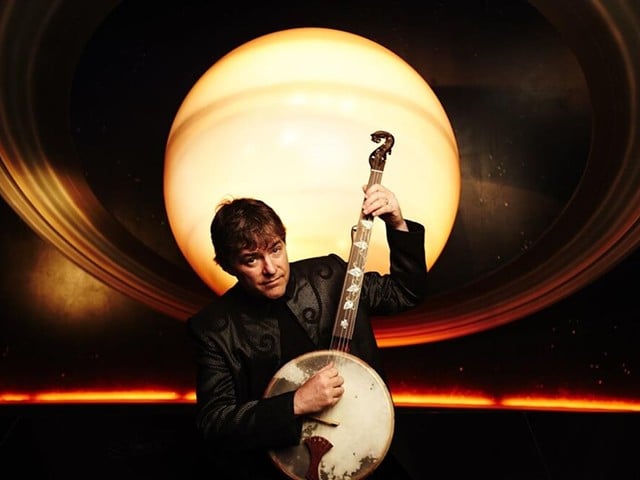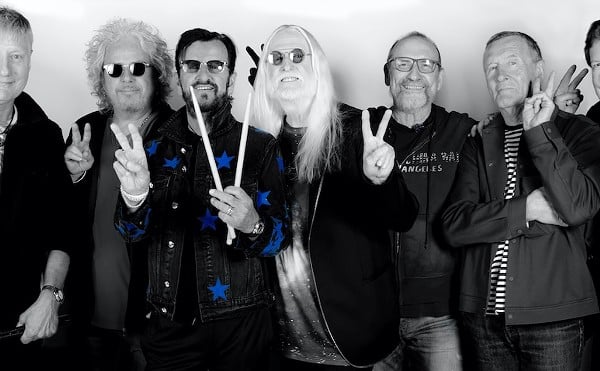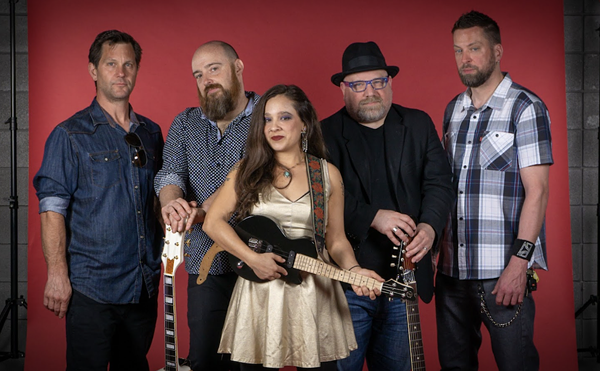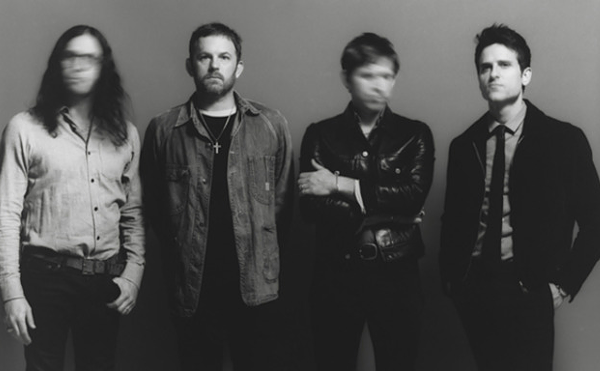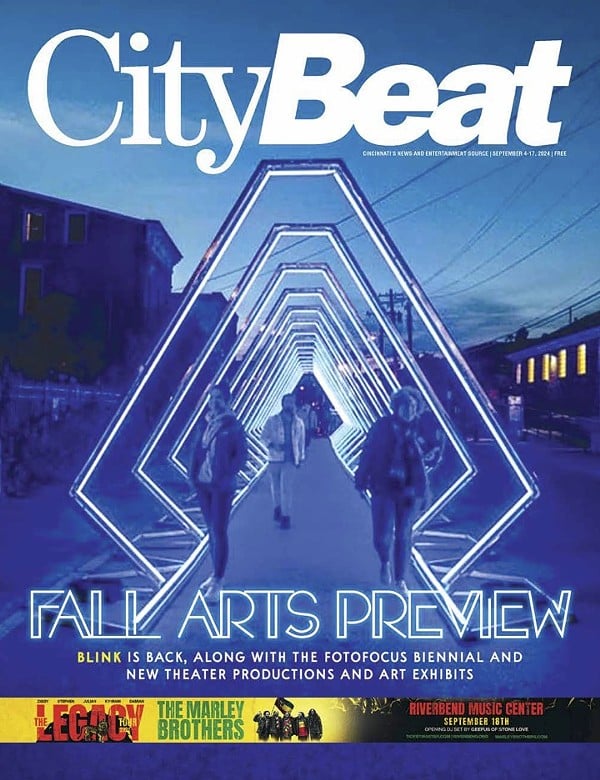Esperanza Spalding is a musical lifer. The Portland, Oreg. native has already packed more into her 39 years on planet Earth than some twice her age, releasing a series of crafty, jazz-informed albums that ride high on her expressive bass playing, versatile voice and contagious enthusiasm. Then there are her collaborations with a bevy of artists from across the creative spectrum, including two of her biggest influences — the late legendary saxophonist and arranger Wayne Shorter and, most recently, iconic Brazilian singer and songwriter Milton Nascimento.
Spalding’s latest full-length album, the recently released Milton + esperanza, features 16 tracks that range from the brief, ambient opener “the music was there” to an inspired reworking of Nascimento’s “Outubro,” which soars by way of the pair’s interweaving vocals and an arrangement peppered with flute, piano and synths, all anchored by a dexterous rhythm section. The album closes with a nine-minute cover of Shorter’s “When You Dream,” an adventurous reimagining that leaps into its own realm via the duo’s nuanced vocal emissions and a searching arrangement that ebbs and flows in unexpected, often affecting ways.
CityBeat recently touched base with Spalding via phone to discuss her collaboration with Nascimento and her yearning to connect with both her fellow musicians and those listening to her creations.
CityBeat: Given your extensive catalog and various collaborations, what kind of set list can we expect for this tour? Will you be playing any of the new songs you recorded with Milton?
Esperanza Spalding: For these gigs I do pull one Milton Nascimento song that I recorded for an earlier record but other than that it’s really music from my catalog. The reason I wanted to do this tour, which we started earlier this year, was because it had been a long time since I really focused just on my bass and my voice, like the core things that I do. I wanted to have a really stripped-down offering that was about the songs and the connection with the audience. I love all the projects I’ve been doing the last 10 years. They’ve all been very large concepts, a lot of ensembles, a lot of staging, and it wasn’t so much about engaging with the listeners, the people who are assembled in the room, in an intimate way.
CB: You mentioned the various projects you’ve juggled over the last several years. Were you hesitant to add another one when the chance to collaborate with Milton came up or was it an obvious “yes”?
ES: Well, this is what I want to do. He’s my hero, and I love him as a human, as a person. Whenever life affords you these windows, you got to move with them. That’s how I want to spend my time. I am a writer and an arranger and a producer, and I love that, so it’s not like, “Oh no, I have to find time away from my life.” That is my life. That’s what I do, and I got to do it with the greatest, so it was very unexpected. It’s not something I was planning for on my calendar, but you just make it work. One of the people on the project posted some photos from last year, from different points along the year, and I was remembering just the sheer joy it was (making the record). When you’re in the middle of it, that’s all you’re thinking about. I wasn’t thinking about the other three things I had going on. It was a total, hilarious, beautiful, immersive joy to do.
CB: You can definitely hear and feel that joy coming through in the music. There are even various moments where you guys are laughing. And, of course, you’re both smiling on the album cover. Where does that joy come from?
ES: That’s who we are. It takes a lot of work to hide who you are when you’re making art. Some people succeed at it, or sometimes we are creating art that’s an aspirational representation of who we want to be. I think that in all the things that I’ve done, even if I’m trying to present a persona or polish out aspects that I don’t want the public to know about, I think ultimately who I am is legible in everything. This project is a portrait of two people’s relationship — our relationship to the music, primarily, and also our relationship to each other.
CB: How did you come to your take on Wayne Shorter’s “When You Dream”? Did you find it daunting to conjure a version of your own?
ES: We weren’t going to put it on the record if it wasn’t stunning, if we don’t love it, but it wasn’t quite working (at first). I remember we were talking about it and trying different ideas and then I just remembered something Wayne would say, and it kind of shook out everything we had planned and we just hit an inspiration — we have to do it “untethered,” like the way the Ornette Coleman Quartet would play a melody. So, we went back into our booth, and I remembered it had to be fun for us. It couldn’t be just us paying homage to Wayne. If we’re getting so caught up in the prestige and seriousness of honoring him, we’re not going to be honoring him. So, personally I wasn’t going to be worried about playing well. I’m literally just going to play what is fun, what is a blast to play. And then it just happened. We did it. We recorded it in two halves. We did it from the beginning to the middle. And then we played it from the middle to the end. And afterward we were like, “Yeah, that’s it. Let’s not touch that.”
CB: How do you go about creating the aesthetics for the related stuff beyond the music: the videos, the album art, the stage presentation. It all seems to flow together well.
ES: Yeah, I work with really brilliant, smart people. All of our brief, for anything we’re doing, is that it’s got to feel like the music. The music is the guide. You can’t actually translate music into visuals. You can do it like beta or visual sonification, but it’s still abstracted, it’s still representative. But the feelings and the sensorial textures, the states, the emotional registers of music, you can kind of store those in your body and use that for the energies you’re going to convey down through your wardrobe choices to the texture of the photos to the color schemes of the set. The record was the brief. I’m always advocating for the visuals to be in resonance with the state of the music, what the music is transmitting. The aesthetic is very intentional and guided by the spirit of the music.
Esperanza Spalding plays Taft Theatre on Sept. 13 at 8 p.m. More info: tafttheatre.org.
This story is featured in CityBeat's Sept. 4 print edition.

